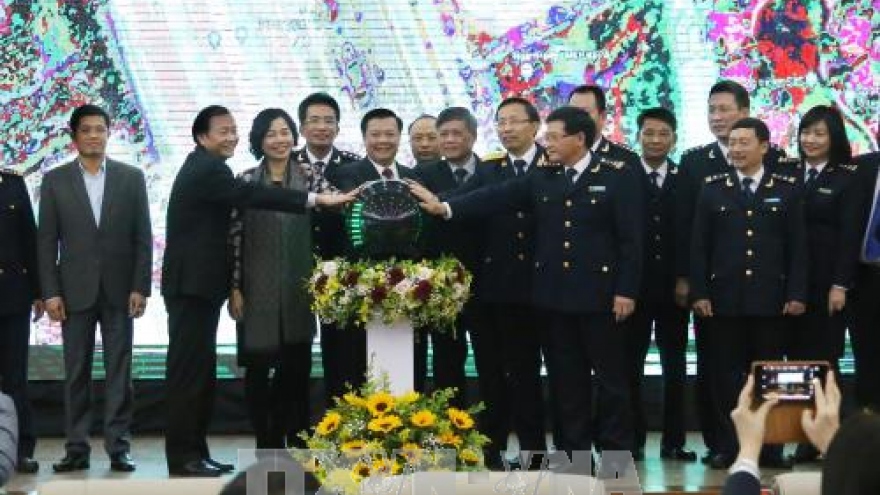The move followed a Government order to 12 ministries to reduce commodities considered possibly unsafe and possibly unhealthy to consumers.
From October, most of the goods are subjected to State inspection after customs clearance, said Nguyen Hoang Linh, deputy director of the ministry’s Directorate for Standards, Metrology and Quality.
Before the circular took effect, 24 commodity groups managed by the ministry must be inspected before customs clearance. Now there are only two – oil-petrol and Liquefied Petroleum Gas.
 |
| There has been a 91 per cent reduction in the amount of goods controlled by the Ministry of Science and Technology inspected before customs clearance. (Photo: tintm.com) |
Linh said that this meant more than 30,000 commodities were no longer subjected to inspection before custom clearance every year, saving time and costs for enterprises.
At the time, the Government also assigned the Ministries of Industry and Trade, Transport, Agriculture and Rural Development, and Health to reduce the ratio of imported goods subject to specialised inspections at the clearance stage to 15 percent from the current ratio of 30%-35%.
“Relevant ministries are taking efforts to implement this work. The Ministries of Construction, Agriculture and Rural Development, Labour, Invalids and Social Affairs and Health have now proposed to add to the list of commodities that need to be removed,” Linh said.
In fact, the Group 2 commodity list is still said to be too long. Linh said that it should be narrowed down further to include those that have no national quality standards or inspection criteria -and those considered not to be unsafe or have any risk. Narrowing down the list was the responsibility of every ministry, he said.
Linh added that there were no clear inspection criteria and inspection methods for quite a few import groups.
Dau Anh Tuan, Head of the Legal Department of the Vietnam Chamber of Commerce and Industry, said that besides cutting procedures, it was necessary to remove regulations no longer relevant.
He also admitted that the new regulation could cause risks to enterprises if commodities were not approved after after customs clearance. This could create a burden for importers.
Linh said that to handle the risk, the ministry had provided detailed instructions to inspection agencies in all sectors and provinces and cities nationwide.
Enterprises still have to take legal responsibility for the quality of their imported commodities. The State will inspect and assess whether enterprises follow the laws or not,” Linh said.


